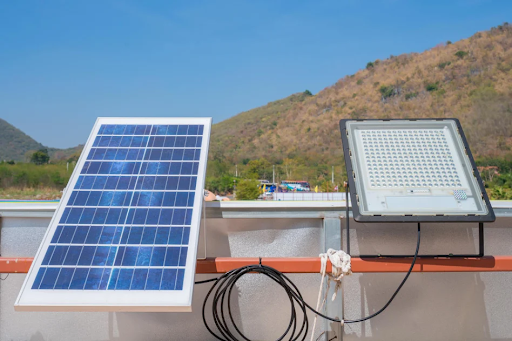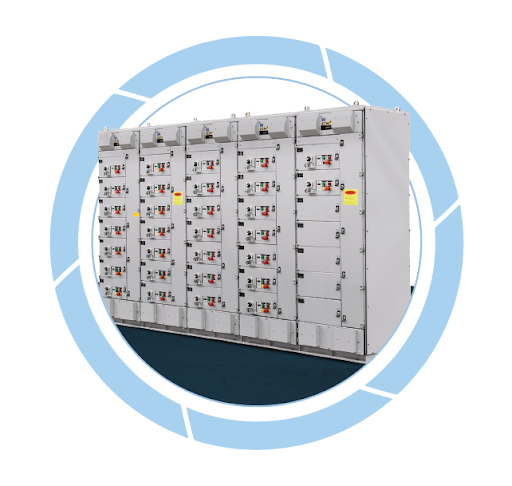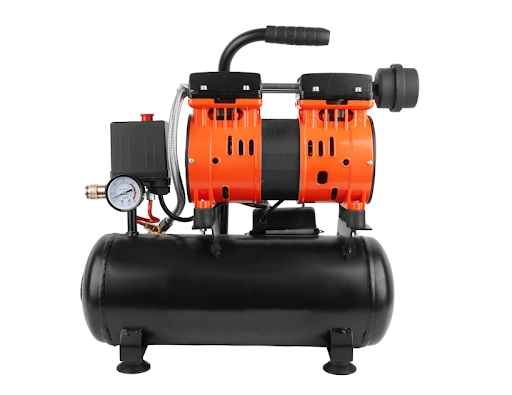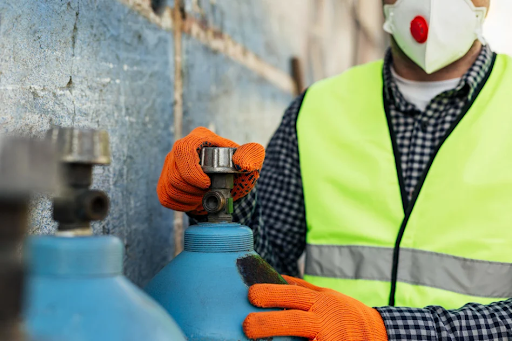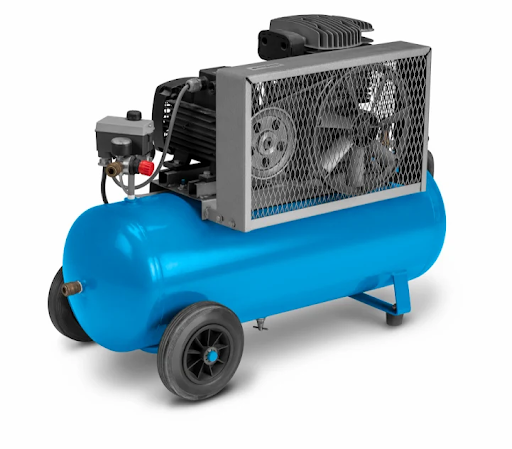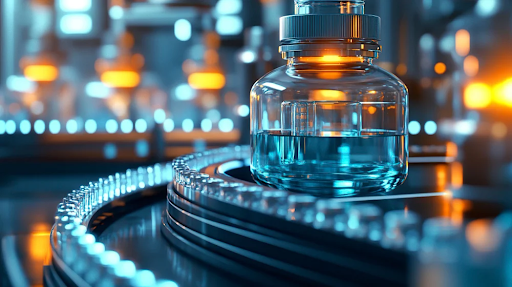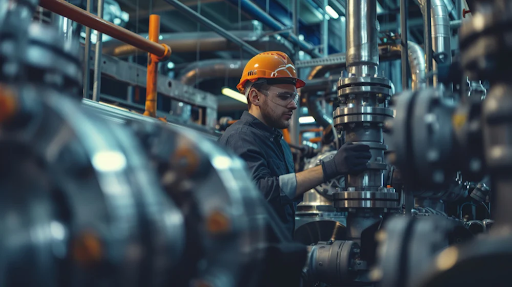
Ensuring a consistent performance of pumps is crucial to maintaining efficiency and preventing costly downtime in chemical processing industries. Monitoring key performance metrics can help detect potential issues early, leading to better operational control and cost savings. Here are 6 essential metrics for monitoring pump performance in chemical processing operations.
1. Flow Rate (Q)
The flow rate (Q) is one of the most critical metrics for assessing pump performance. It measures the volume of fluid pumped per unit of time and ensures that the process consistently delivers the correct amount of material to the next stage of production.
2. Differential Pressure/Head
Differential pressure or head is the difference in pressure between the suction and discharge points of the pump. This metric is used to ensure that the pump operates within its design parameters and matches the system curve. When the pump curve and system curve do not align, it can lead to energy inefficiency, pump overload, or even cavitation.
3. Pump Efficiency
Pump efficiency is a key indicator of how well the pump converts its energy. There are two main types of efficiency to monitor:
- Hydraulic Efficiency: Refers to the pump’s ability to transfer energy from the motor to the fluid.
- Overall Efficiency: Considers both hydraulic and mechanical losses, including those due to friction, wear, and system components.
Monitoring both types of efficiency helps identify areas where energy can be saved, thus reducing operational costs.
4. Power Consumption (kW)
Power consumption (kW) is another essential metric. High energy consumption can indicate inefficiencies, such as the pump working harder than necessary due to issues like clogging, wear, or poor alignment. Monitoring power consumption helps detect such inefficiencies, enabling operators to make necessary adjustments to reduce energy waste.
5. Vibration Levels
Excessive vibration is often a sign of mechanical problems, such as misalignment, imbalance, or worn-out components. Checking the vibration levels will give you early warnings of potential issues before they lead to more significant failures.
6. Temperature (Bearing & Seal Chamber)
Temperature monitoring is essential for assessing the health of key pump components. Bearing and seal chamber temperatures indicate the pump’s internal condition. High temperatures can point to insufficient lubrication, excessive friction, or even component failure.
Apart from these aforementioned metrics, you can also track MTBF (Mean Time Between Failures) and MTTR (Mean Time to Repair) which offer valuable insights into pump reliability and maintenance efficiency. Monitoring these metrics can help businesses identify trends, optimise maintenance schedules, and reduce downtime.
To ensure optimal pump performance in chemical processing industries, consider services offered by APOEM (Authorised Pumpset Original Equipment Manufacturer) such as VEMC. We’re a trusted pump manufacturer who can help with the early detection of issues. Contact us today to avail of our 75+ years of expertise in pumping solutions, maintenance, and monitoring services. Reach out to us at +91 8976951701, +91 9819907445, 022 43117133 or email us at marketing@vemc.co.in.


